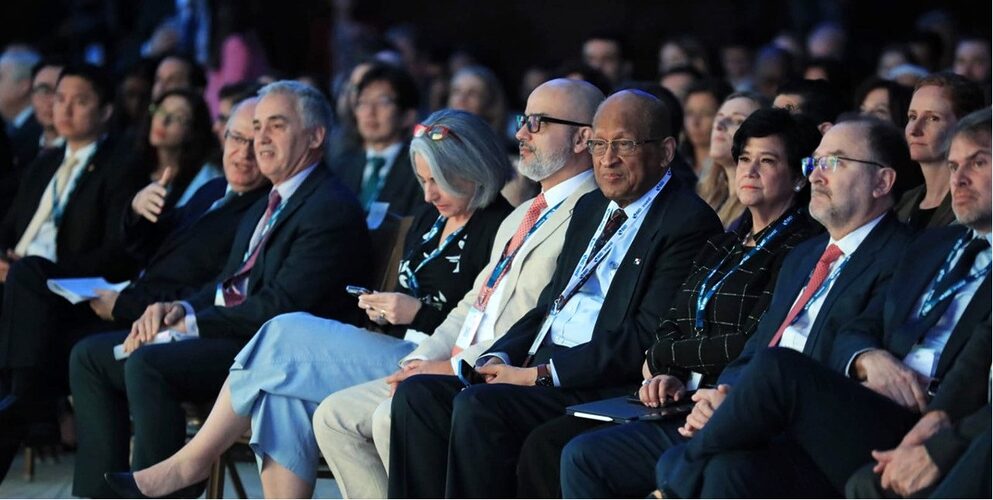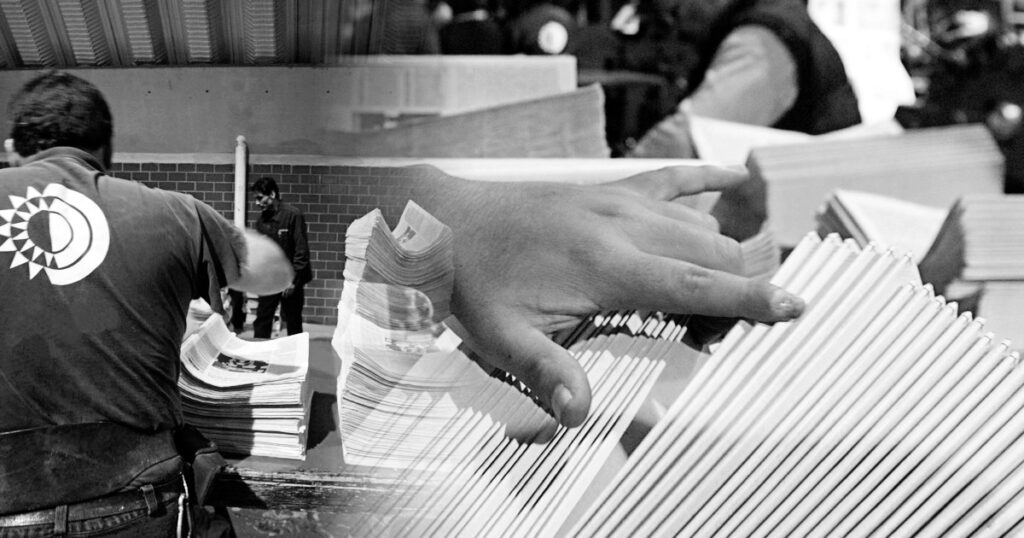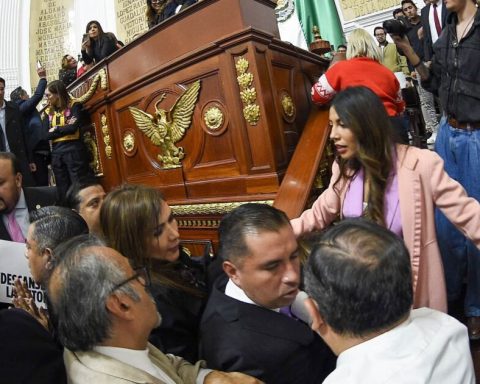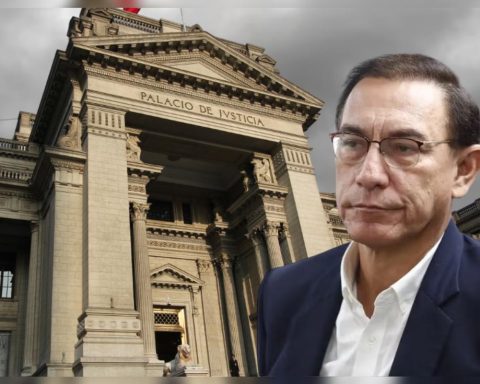Yesterday the 2023 annual meeting of the Inter-American Development Bank (IDB) and the Inter-American Investment Corporation (IDB Invest) began in our country, in this first meeting they addressed vital social and economic issues for Latin America, such as poverty, environment, companies, climate resilience and carbon footprint reduction.
When inaugurating the meeting, IDB President Ilan Goldfajn stated that the last time the IDB and IDB Invest met in Panama was 10 years ago. The expansion of the Panama Canal has already been completed and “we are proud to have supported this important project that doubled the capacity of the canal, ensuring the use for many years of this vital route for the world.”
Goldfajn stressed that the Russian invasion affected the market, production and food supply, triggering inflation at levels the world has not seen in decades. So in this meeting we will also see what we can do in the organization to capitalize on food production with equity in rural regions.
In the energy aspect, the IDB president pointed out that the region is rich in biodiversity that should allow them to obtain benefits from what nature has given them, they should focus on making these elements work for them.
For his part, the Minister of Economy and Finance (MEF), Héctor Alexander, said “it fills us with great pride to host one of the most important Assemblies in the world, a meeting of IDB governors, we are proud.”
Regarding debt issues, disbursements, loans and technical assistance with the IDB, Alexander stressed that there are disbursements to be made for IDB projects and programs, which may be around 900 million dollars, for the next few years. and these projects are structured with the vision of social impact.
The MEF minister said that it is projected to finance a little more than 40% of government investments in 2023 with current savings, when before 100% of investments were paid with debt.
«It is a strategy over time, that the weight of the debt decreases and that the savings increase so that, at a given moment in the future, I calculate that we could be financing 75% of the investments of the Central Government with savings and 25% with debt”, concluded Alexander.












